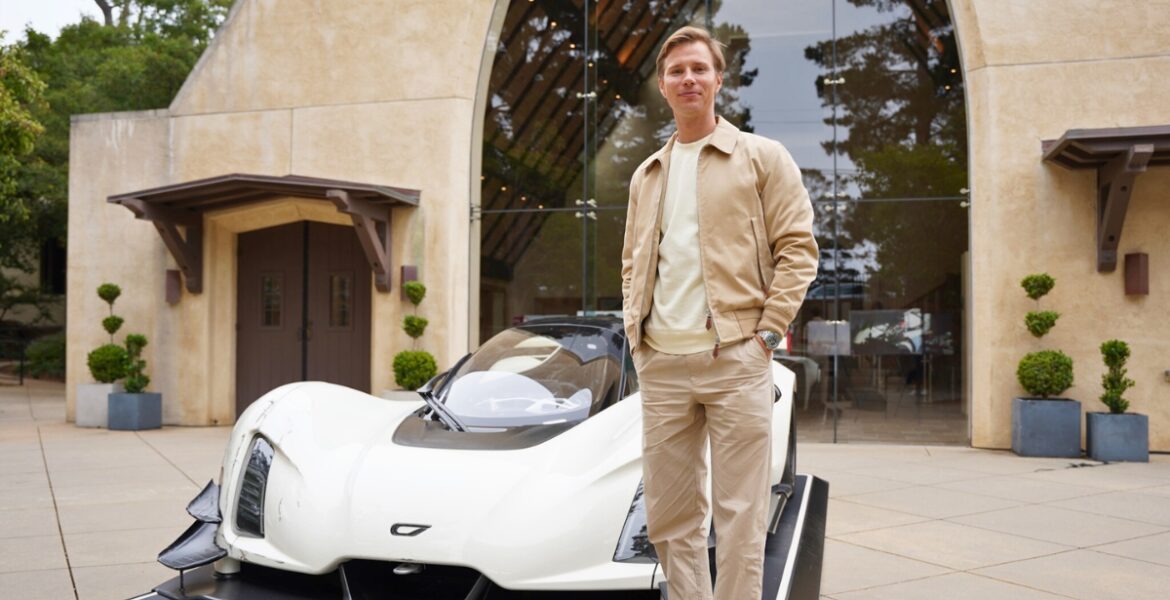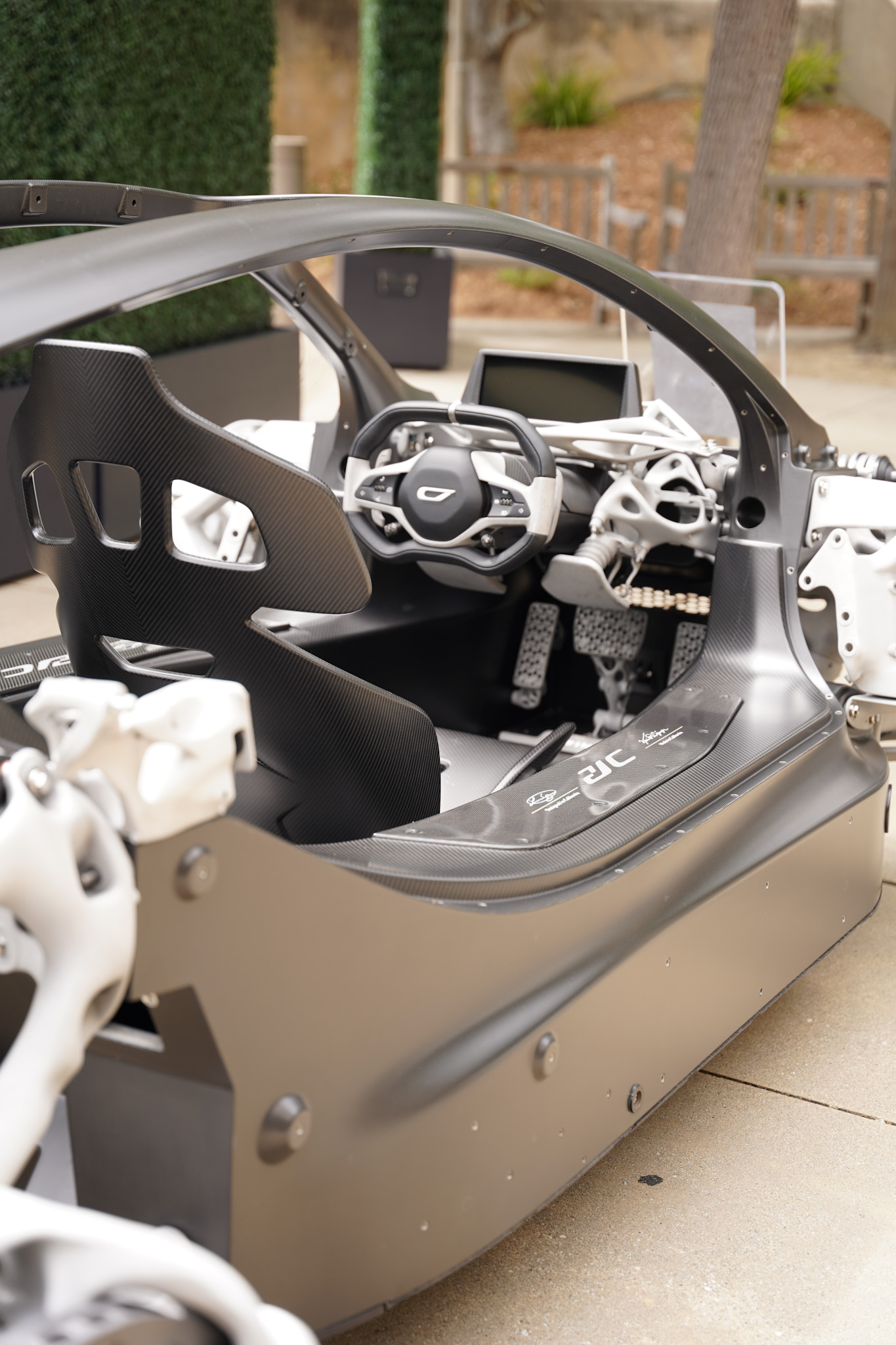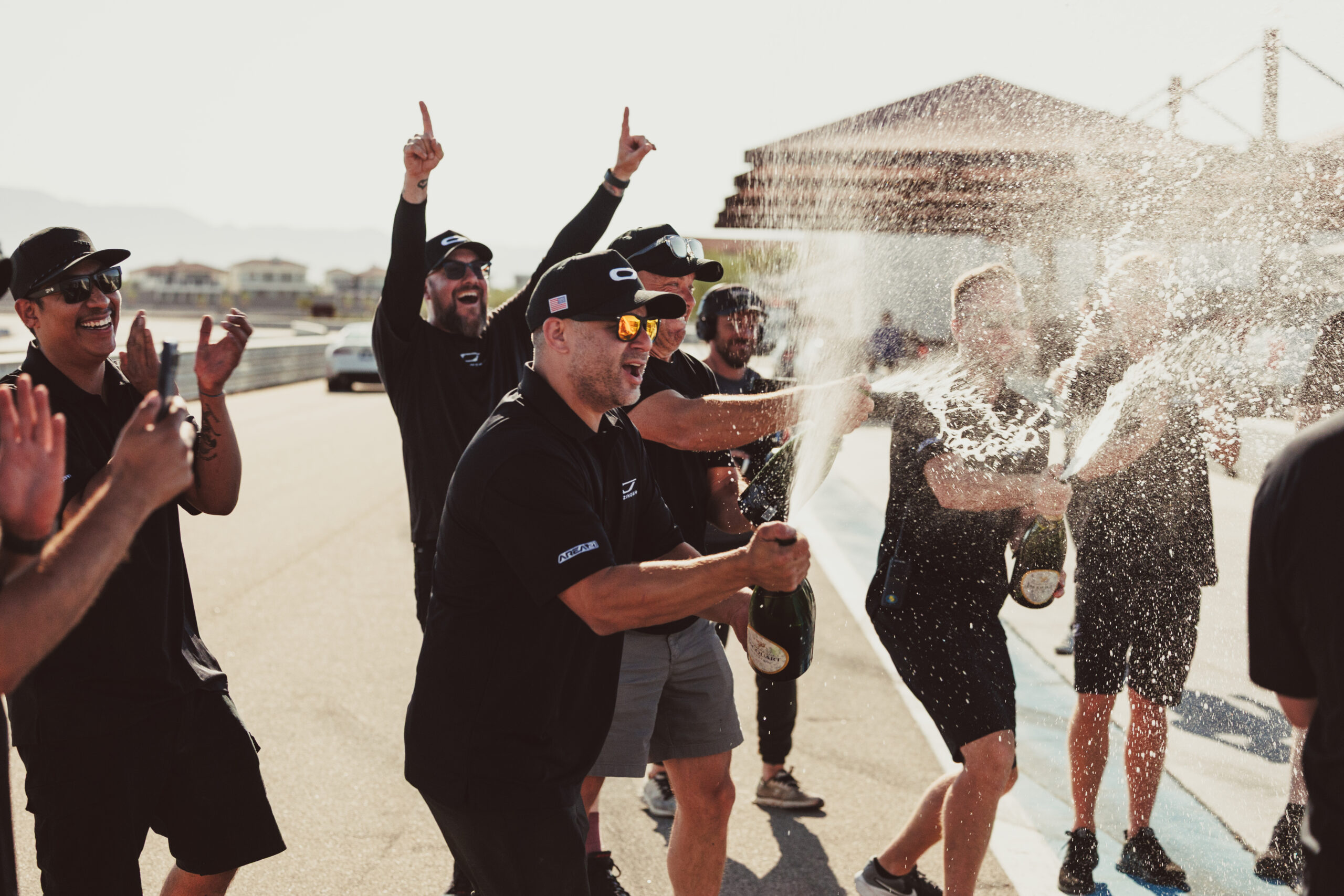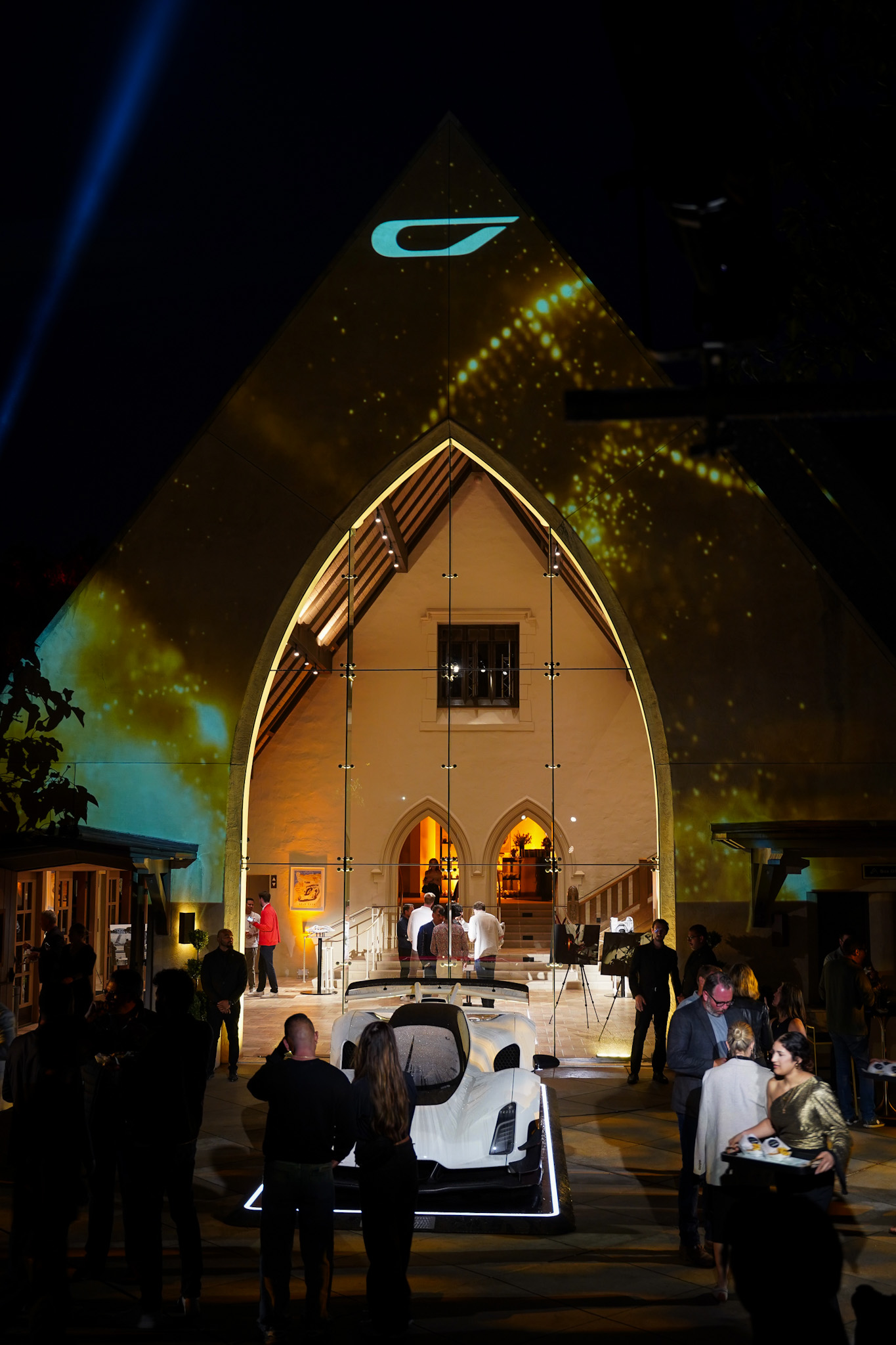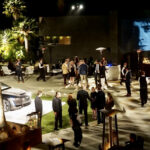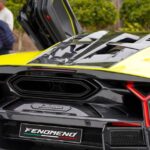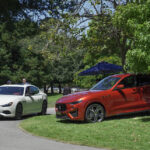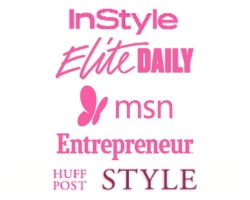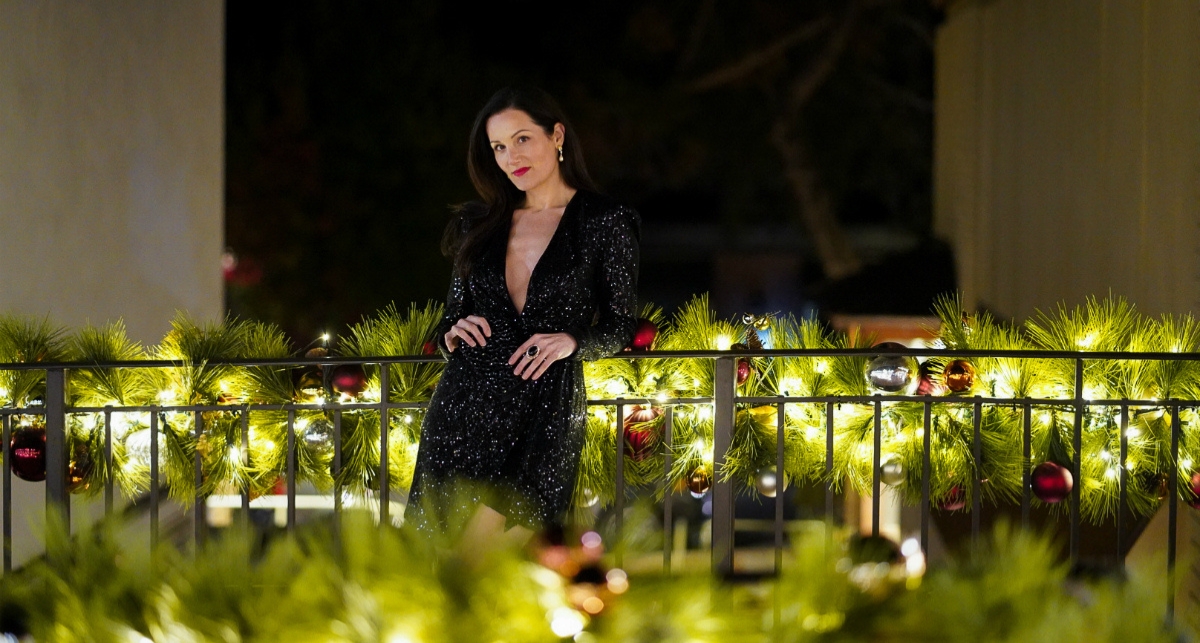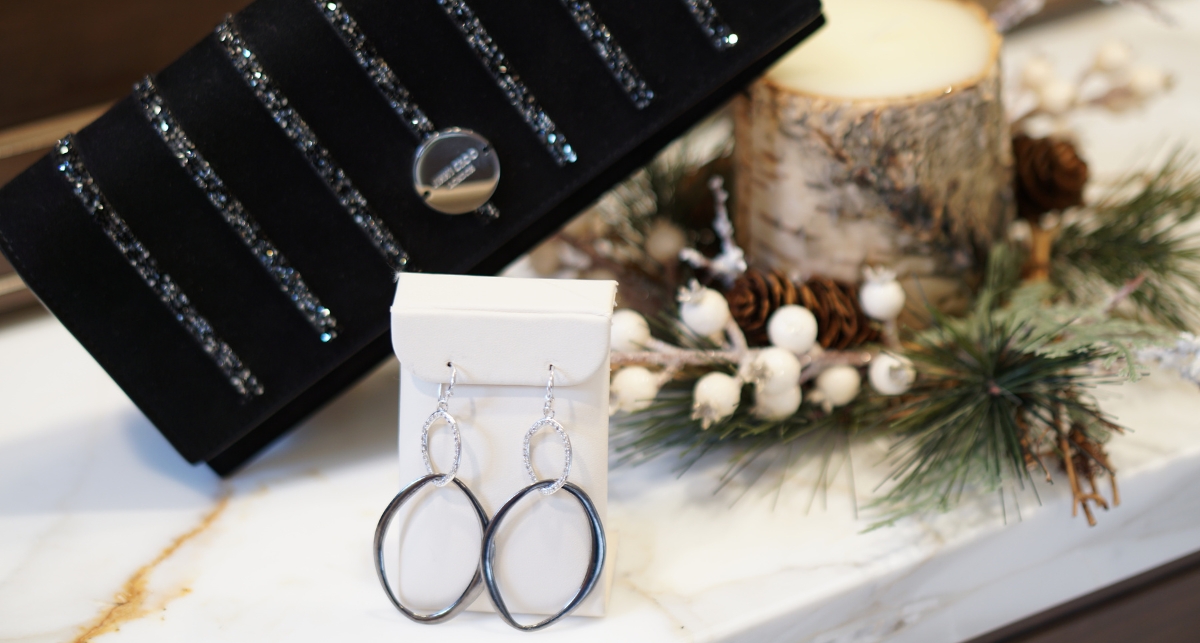If you know anything about cars, you’re well aware that Monterey Car Week is where the world’s most extraordinary cars and boldest ideas collide. Amidst the captivating debuts and glamorous showcases of this year’s events, one story rose above the rest, not just for its speed but for its determined spirit.
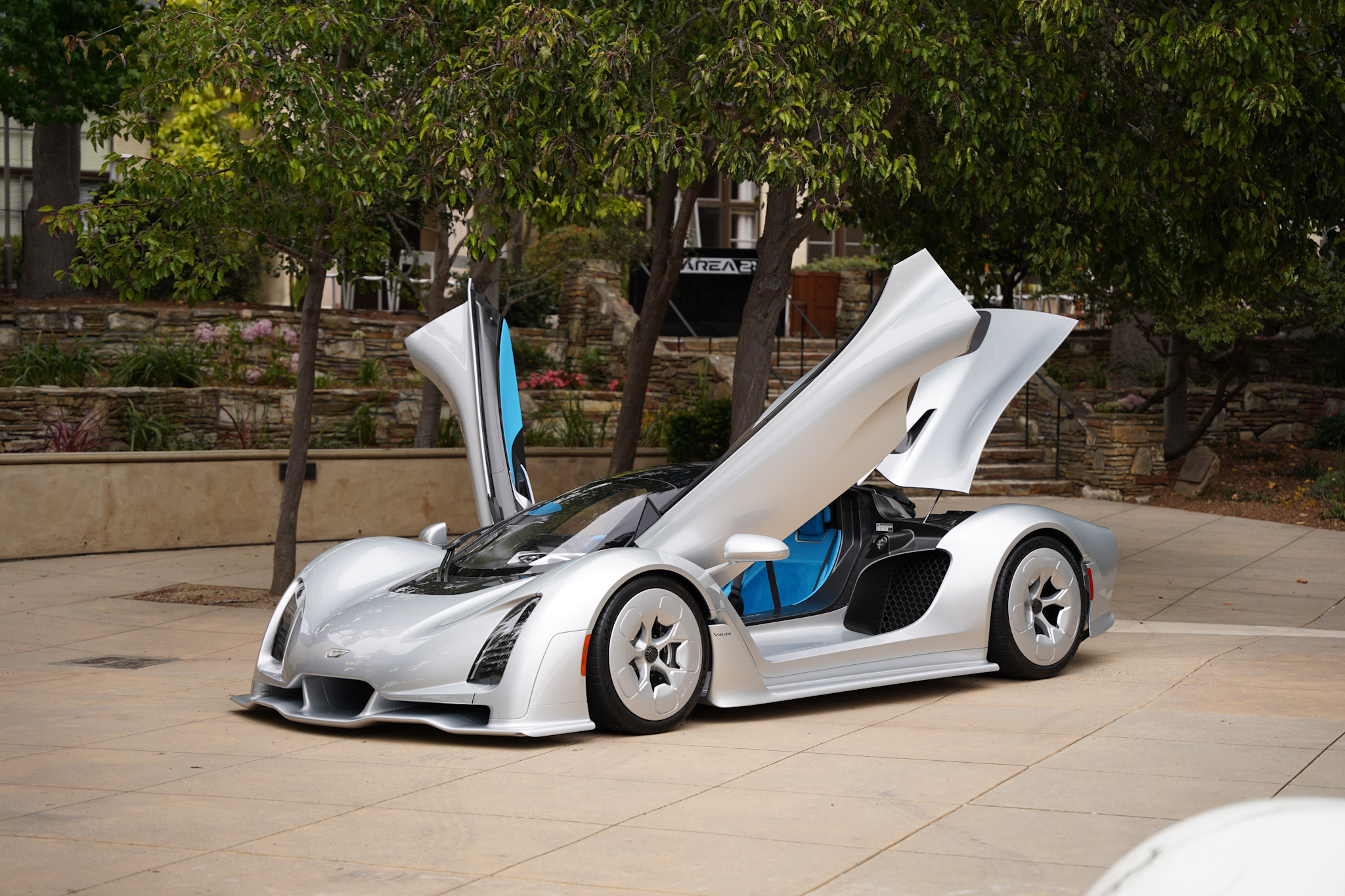 Founded in Los Angeles in 2019 by Lukas Czinger and his father, Kevin (pictured below), Czinger Vehicles is rewriting the rulebook for hypercars. However, this story reaches far beyond metal and carbon fiber. Over the past few years, I’ve come to see the Czinger journey as one woven from the close-knit bond of a father and son, the relentless drive of two pioneering entrepreneurs, and the zealous ambition of American manufacturing, reimagined for the modern age.
Founded in Los Angeles in 2019 by Lukas Czinger and his father, Kevin (pictured below), Czinger Vehicles is rewriting the rulebook for hypercars. However, this story reaches far beyond metal and carbon fiber. Over the past few years, I’ve come to see the Czinger journey as one woven from the close-knit bond of a father and son, the relentless drive of two pioneering entrepreneurs, and the zealous ambition of American manufacturing, reimagined for the modern age.
To exemplify their capabilities, Czinger Vehicles are built from parts produced by its sister company, Divergent Technologies, the Czinger family’s rapidly expanding manufacturing venture, which launched in 2014. Divergent’s proprietary Divergent Adaptive Production System (DAPS™) integrates software, AI, robotics, and 3D printing into a seamless ecosystem that has already secured major contracts with aerospace, defense, and automotive leaders.
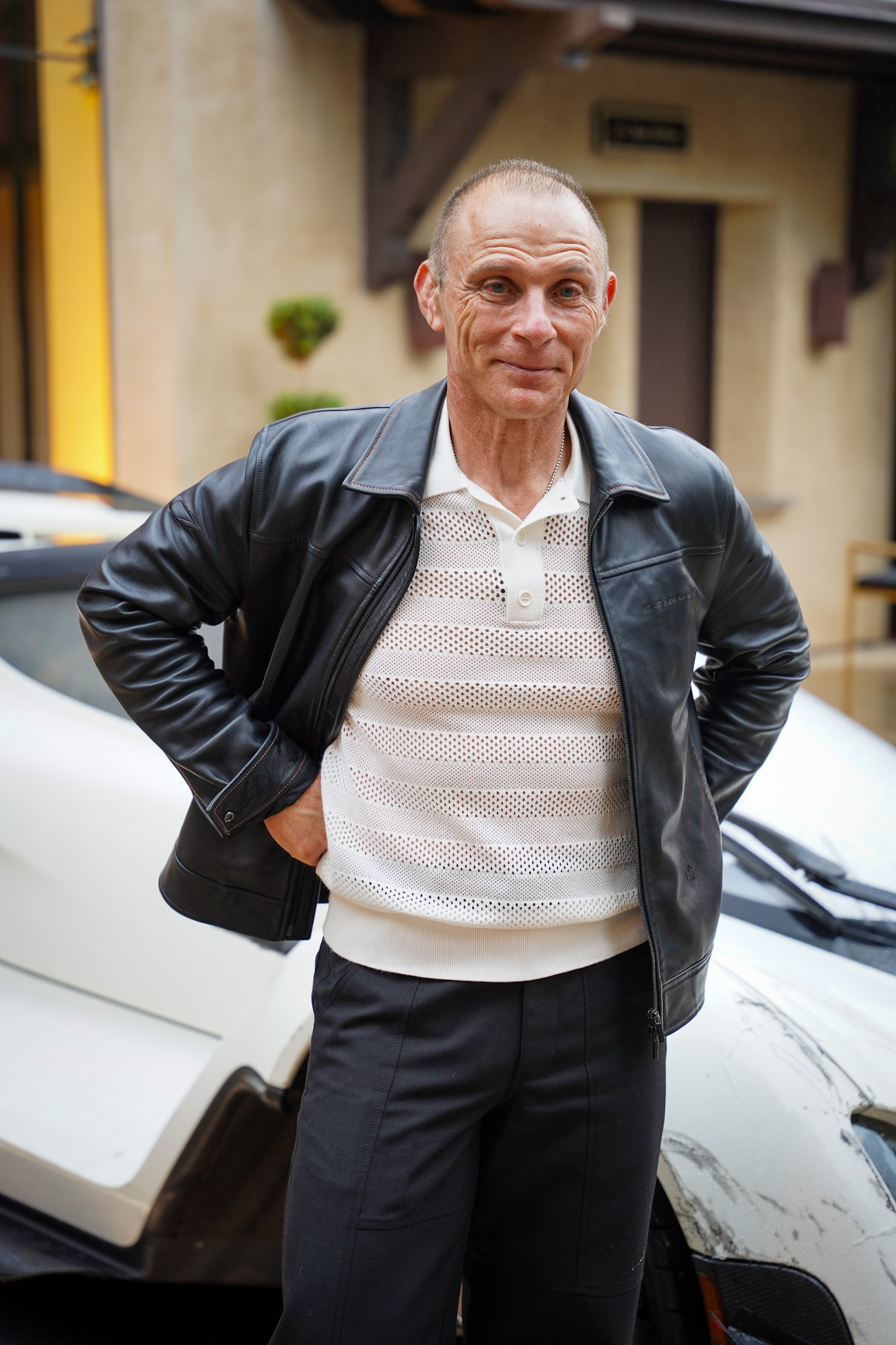 Czinger 21C is the halo car for this technology; a 1,250-horsepower twin-turbo V8 hybrid capable of 0-60 mph in 1.9 seconds and a top speed of 253 mph. More than just speed, it’s a road-legal, homologated car certified in California. With a starting price of over $2M, only 80 units will be produced globally, making it both a technological marvel and an instant collectible.
Czinger 21C is the halo car for this technology; a 1,250-horsepower twin-turbo V8 hybrid capable of 0-60 mph in 1.9 seconds and a top speed of 253 mph. More than just speed, it’s a road-legal, homologated car certified in California. With a starting price of over $2M, only 80 units will be produced globally, making it both a technological marvel and an instant collectible.
By combining artistry with AI-driven engineering, Czinger is positioning itself as the innovative American performance brand of the future.
 The California Gold Rush Made Its Debut at Monterey Car Week
The California Gold Rush Made Its Debut at Monterey Car Week
During Monterey Car Week, Czinger Vehicles hosted an exclusive party at Sunset Center in the heart of Carmel-by-the-Sea, California, including an invite-only screening of its documentary film California Gold Rush.
 In July 2025, Czinger set out on a mission unlike anything attempted in the hypercar world. Over five days, longtime development driver Joel Miller piloted the 21C from Thunderhill Raceway to Sonoma, Laguna Seca, Willow Springs, and The Thermal Club, setting five records in five days, with over 1,000 road miles in between.
In July 2025, Czinger set out on a mission unlike anything attempted in the hypercar world. Over five days, longtime development driver Joel Miller piloted the 21C from Thunderhill Raceway to Sonoma, Laguna Seca, Willow Springs, and The Thermal Club, setting five records in five days, with over 1,000 road miles in between.
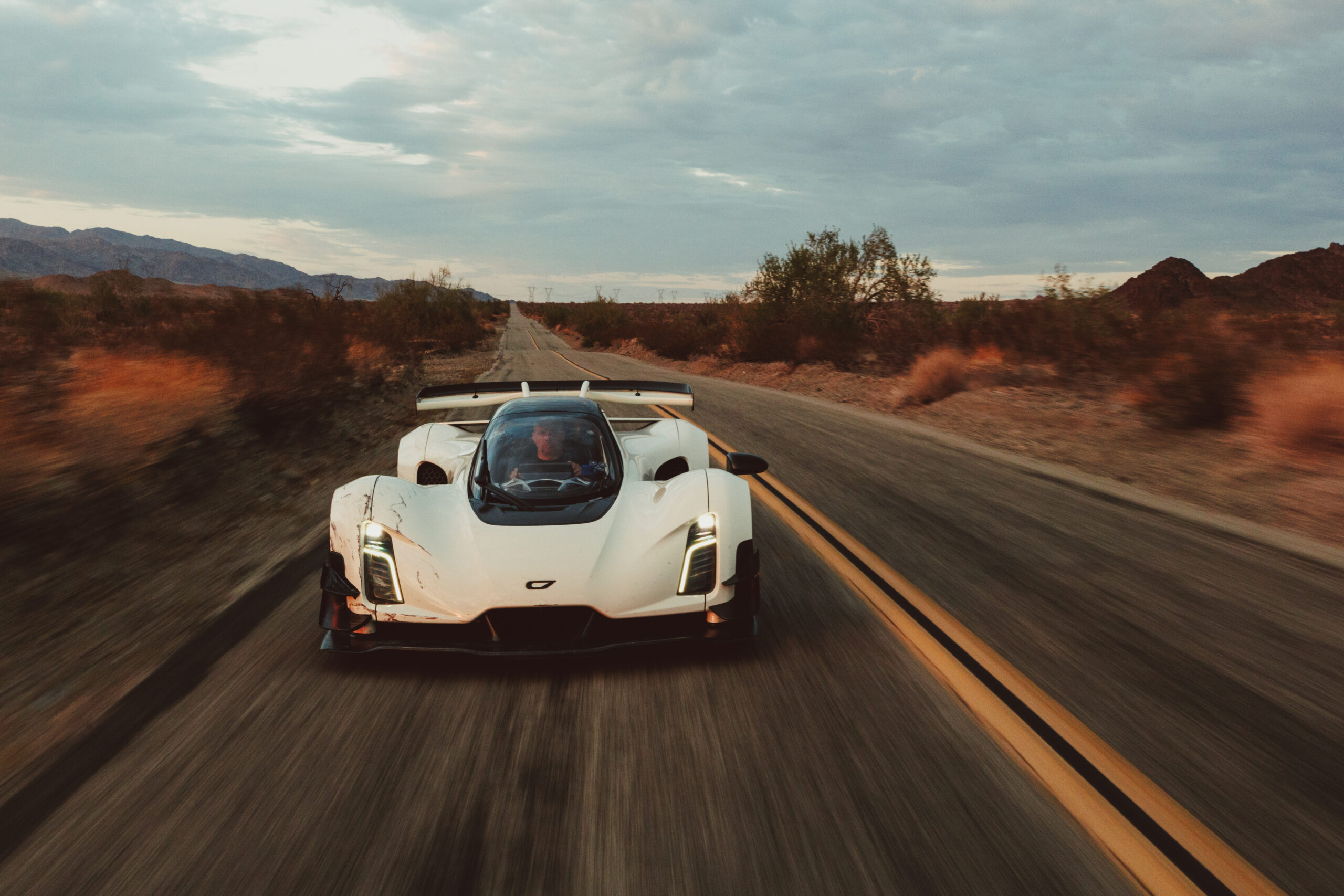 The 25-minute piece chronicled the epic journey. The film (which can be viewed on YouTube) was a deeply moving, emotionally charged, and thrilling documentary. To my surprise, it served as both a beacon of hope for mankind and the future of American manufacturing, as well as a testament to the impressive engineering and production behind the Czinger 21C.
The 25-minute piece chronicled the epic journey. The film (which can be viewed on YouTube) was a deeply moving, emotionally charged, and thrilling documentary. To my surprise, it served as both a beacon of hope for mankind and the future of American manufacturing, as well as a testament to the impressive engineering and production behind the Czinger 21C.
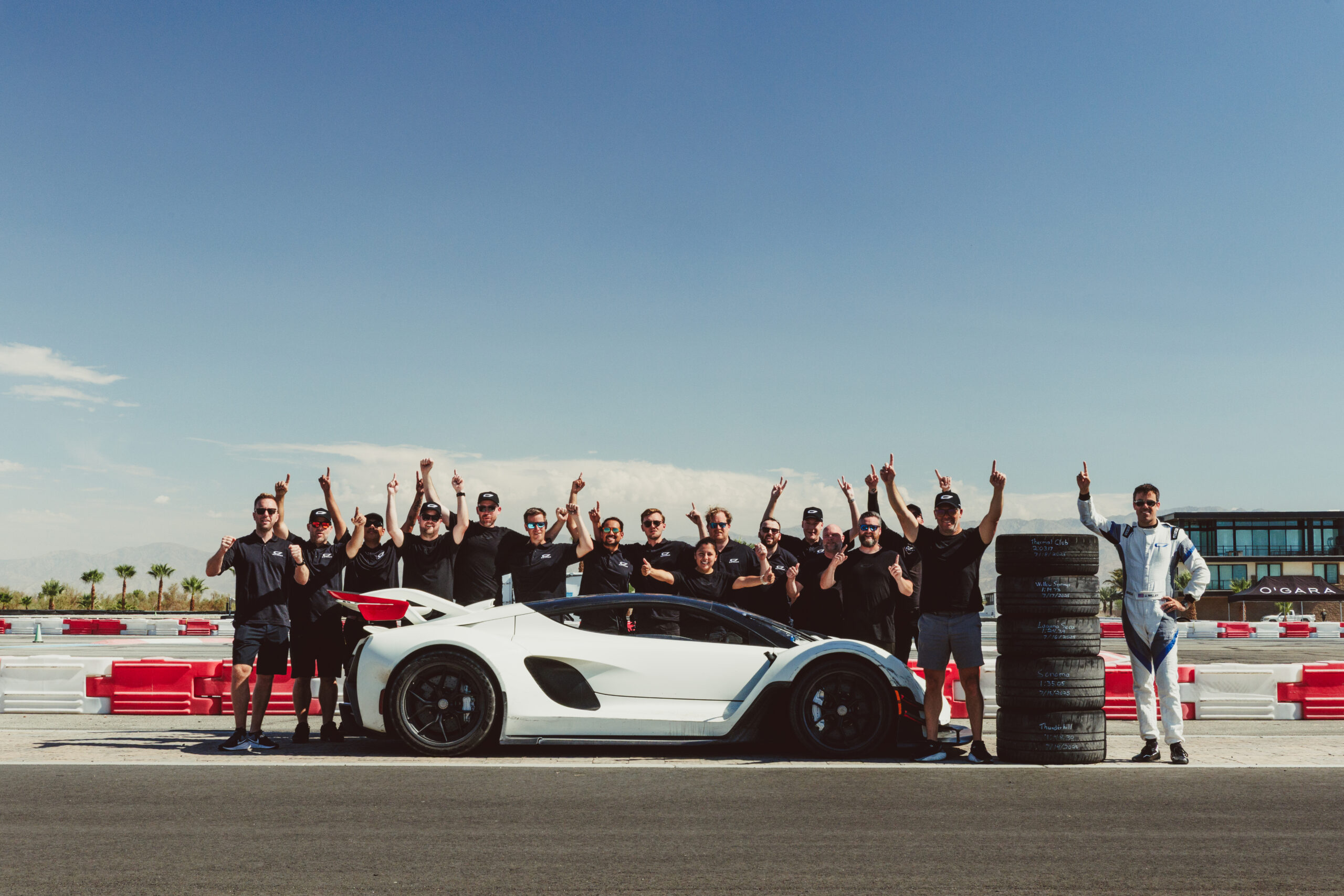 Each lap was officially validated by Racelogic using a VBOX GNSS system. By the end, the 21C had shaved more than 16 seconds off existing records across all five circuits. But the real story wasn’t just the numbers; it was the perseverance. At Thunderhill, a cracked engine casing threatened to end the run before it began. Instead, the team worked through the night, rebuilding the car so the mission could continue.
Each lap was officially validated by Racelogic using a VBOX GNSS system. By the end, the 21C had shaved more than 16 seconds off existing records across all five circuits. But the real story wasn’t just the numbers; it was the perseverance. At Thunderhill, a cracked engine casing threatened to end the run before it began. Instead, the team worked through the night, rebuilding the car so the mission could continue.
 Directed by Luca Brinciotti (pictured above), it captured both machine and man under pressure. From long stretches through redwood valleys and desert roads, to a devastating crash and all-night repairs, the 21C emerged scarred yet victorious. Its duct-taped exterior was proudly displayed during Car Week; battle wounds that told a story of resilience.
Directed by Luca Brinciotti (pictured above), it captured both machine and man under pressure. From long stretches through redwood valleys and desert roads, to a devastating crash and all-night repairs, the 21C emerged scarred yet victorious. Its duct-taped exterior was proudly displayed during Car Week; battle wounds that told a story of resilience.
As Luca explained to me: “When Max Morice first asked me about covering this incredible journey, I’ll admit—I felt a little nervous. Five days, five track records, and 1,000 miles sounded like an impossible task… but I’ve always liked impossible tasks. Everyone gave their all during this journey, and it’s only under immense pressure that you get the finest diamonds. In the end, we brought back more than just five track records in five days—we brought back unforgettable memories. Memories of challenges, setbacks, victories, tears, and smiles. We started as strangers united by a car and a mission, and we ended as friends. My visual approach was always to capture the human side of this wild adventure. The 21c is an extraordinary machine, capable of breaking records anywhere in the world—but behind every machine lies a vision created by people.”
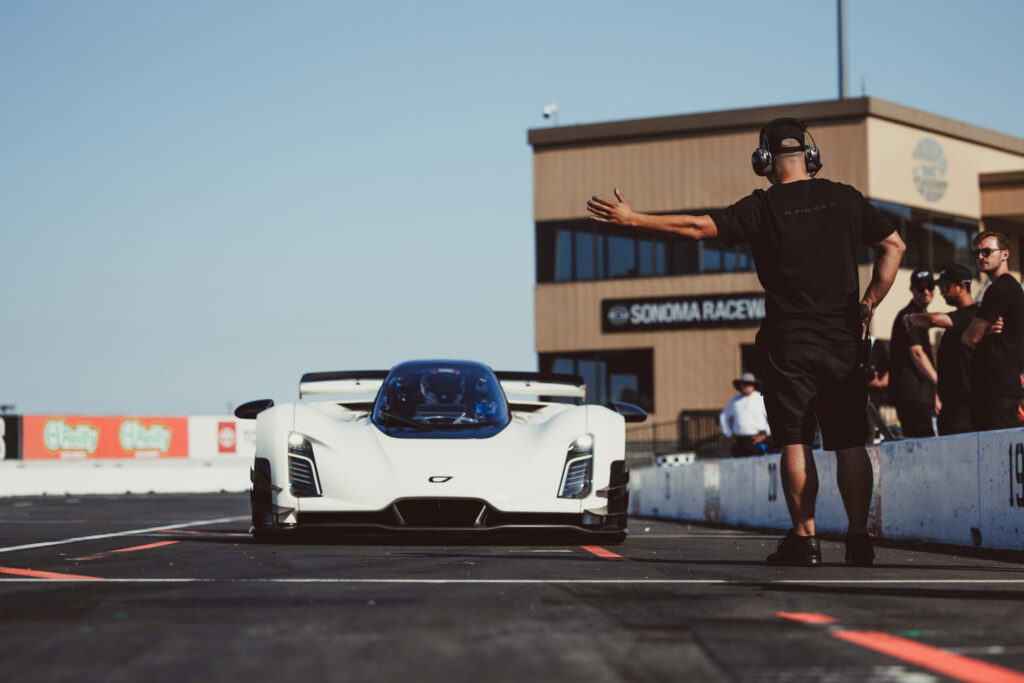 The film exemplified the epitome of what it truly means to be a pioneer, a leader, and a victor. It reflects the balance of endurance and speed, grit and glory, and the journey of a lifetime that shows what’s possible when you dare to dream.
The film exemplified the epitome of what it truly means to be a pioneer, a leader, and a victor. It reflects the balance of endurance and speed, grit and glory, and the journey of a lifetime that shows what’s possible when you dare to dream.
 An Exclusive Conversation with Lukas Czinger – CEO & Co-Founder of Czinger Vehicles and Divergent Technologies
An Exclusive Conversation with Lukas Czinger – CEO & Co-Founder of Czinger Vehicles and Divergent Technologies
During Monterey Car Week, I sat down with Lukas Czinger (CEO & Co-Founder of Czinger Vehicles and Divergent Technologies) for a candid conversation about entrepreneurship, leadership, technology, and what it takes to be at the helm of these fast-growing ventures.
As one of the youngest and most enterprising entrepreneurs I’ve met, his long-range vision, impressive courage, and relentless drive exhibit the fundamental characteristics of an exceptional entrepreneur. Whenever I interview him, it feels like I’m sitting across from the future Steve Jobs: a visionary, leader, and pioneer in his field.
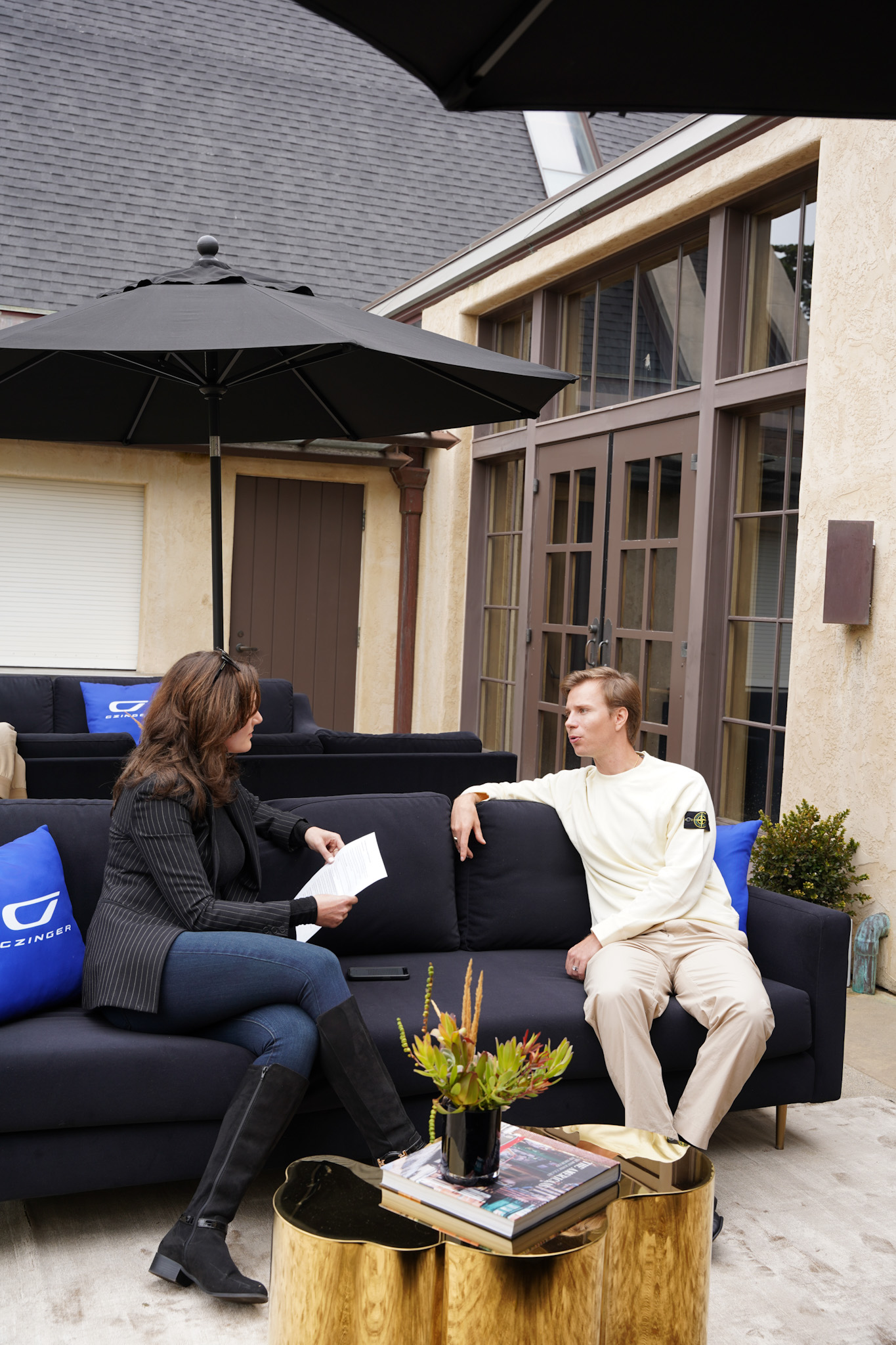 Christina-Lauren Pollack: You’ve accomplished what many would consider impossible by just age 31 – dozens of patents, leading two groundbreaking companies, and now the California Gold Rush feat. Can you walk us through a moment when doubt was loudest, and how you pushed past it?
Christina-Lauren Pollack: You’ve accomplished what many would consider impossible by just age 31 – dozens of patents, leading two groundbreaking companies, and now the California Gold Rush feat. Can you walk us through a moment when doubt was loudest, and how you pushed past it?
Lukas Czinger: There’s almost a continuous level of doubt when you’re trying to do something very difficult. I’ve felt it for most of my life, but especially over the past eight years building Divergent and Czinger. In any entrepreneurial venture, there’s always a risk profile—you can never be certain it will succeed.
You have two voices: one is cautious, pointing out all the ways it could fail. The other is optimistic, saying, What if it works? What if I’m the leader? What if this is the team, the product, the opportunity?
For me, it’s a choice: I listen to the voice of optimism. And the more you focus on that voice, the stronger it becomes.
Of course, there have been hard times. In the early days, we nearly ran out of money and had to craft heroic strategies just to survive. Now the business is stable with incredible capital support, but the question shifts – It’s no longer: will we survive? But how big can this become? Sometimes I also draw strength from the past. When you’ve got 500 people putting in eight years of effort, there’s no way in hell you’ll let that go to waste. That pressure pushes you forward.
A more acute example was the California Gold Rush. Five records in five days was a crazy thing to attempt. On day one at Thunderhill, we bottomed out and cracked the casing in the engine bay—a “game over” moment. But the team refused to quit. They said, What if we can get the part from LA, work all night, drop the engine, rebuild it, and get back on track? That’s exactly what they did. And because of their passion and commitment, we broke four more track records and completed the mission. That wasn’t my decision; that was theirs. And that’s when you know you’ve built something truly powerful.
 CLP: Many entrepreneurs hit a wall when scaling from vision to execution. What habits or philosophies help you break through those limits consistently?
CLP: Many entrepreneurs hit a wall when scaling from vision to execution. What habits or philosophies help you break through those limits consistently?
LC: I’m almost only interested in results. Vision matters, but execution is everything. You can dream big, but until you’ve executed the vision, it means little. For me, that focus translates to two things: talent and process. I put enormous time into building teams and into perfecting the process, down to the micro level, like decision-making. Years ago, I decided I wanted to be the best decision-maker I could be. That’s what matters most as a CEO. You need to be world-class at gathering input, analyzing it, and then, most importantly, implementing decisions. The business only becomes more valuable once you’ve executed the choice.
So my philosophy is: vision is the spark, but execution is the fire.
CLP: The California Gold Rush documentary was as much about endurance as it was about speed. Why was it important to combine those two dimensions?
LC: If you just want to go fast, you build a race car. That’s easy. But we’re an OEM, building road-legal, homologated cars. That means crash testing, emissions certification, safety engineering – the full process. The 21C isn’t a track toy – it’s a road car you can register with the DMV in California. That’s what makes it impressive: you can drive it 500 miles on public roads, then arrive at a racetrack, not even change the tires, and set a record. The 1,000 miles proved both sides: usability and reliability on the road, plus record-setting performance on track. That duality is the definition of the 21C.
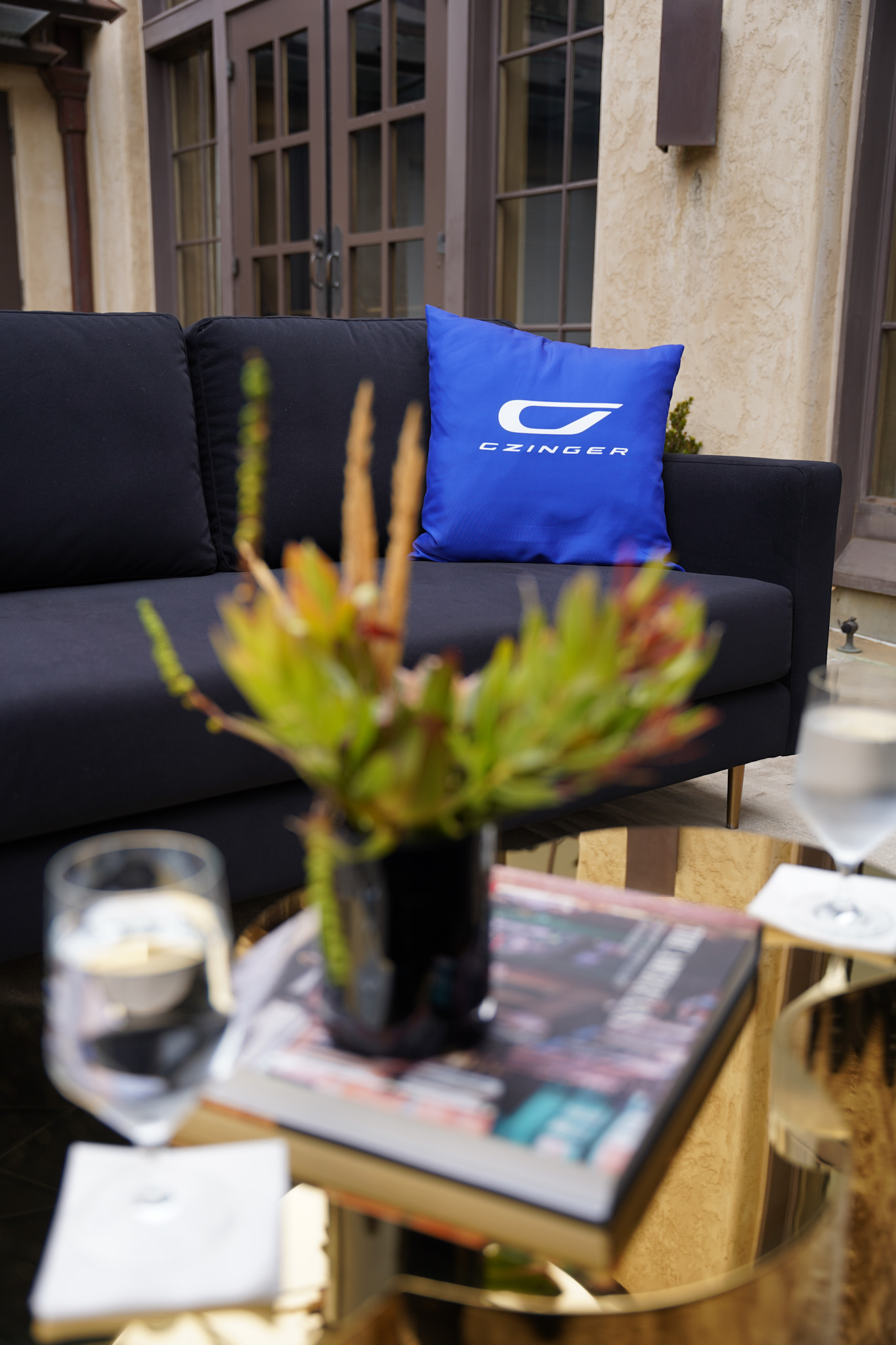 CLP: Speaking of customers, can you describe the “avatar” of a Czinger 21C owner?
CLP: Speaking of customers, can you describe the “avatar” of a Czinger 21C owner?
LC: There’s diversity, but common themes. First, they’re pioneers. Buying from a new brand requires conviction and confidence. Our first customers weren’t “fast followers”; they were entrepreneurial spirits themselves. They care deeply about engineering and technology. They understand the science behind what we’re doing. And they value an otherworldly driving experience: 1,250 horsepower, four-wheel drive, on-road refinement, and track capability. Most are collectors, and they curate their garages intentionally. Alongside heritage Ferraris, Bugattis, Paganis, and McLarens, they want something that represents a turning point. The 21C is that car; it’s the halo of a new American brand.
CLP: Looking ahead, do you see a future where AI not only designs vehicles but collaborates creatively with human designers in ways we haven’t imagined yet?
LC: On the engineering side, yes, we already use AI extensively, from machine vision to optimization algorithms. It helps guide compute resources, predict outcomes, and speed up iterations. On the design side, I see AI as an assistant, not a replacement. It can help generate sketches, mockups, and even 3D CAD data more quickly. That accelerates concept loops. But the vision, the artistry, still comes from humans. Especially in high-end cars, design is art. It’s about taste. It comes from individuals with a vision. AI can help them get there faster, but I don’t believe it should replace them.
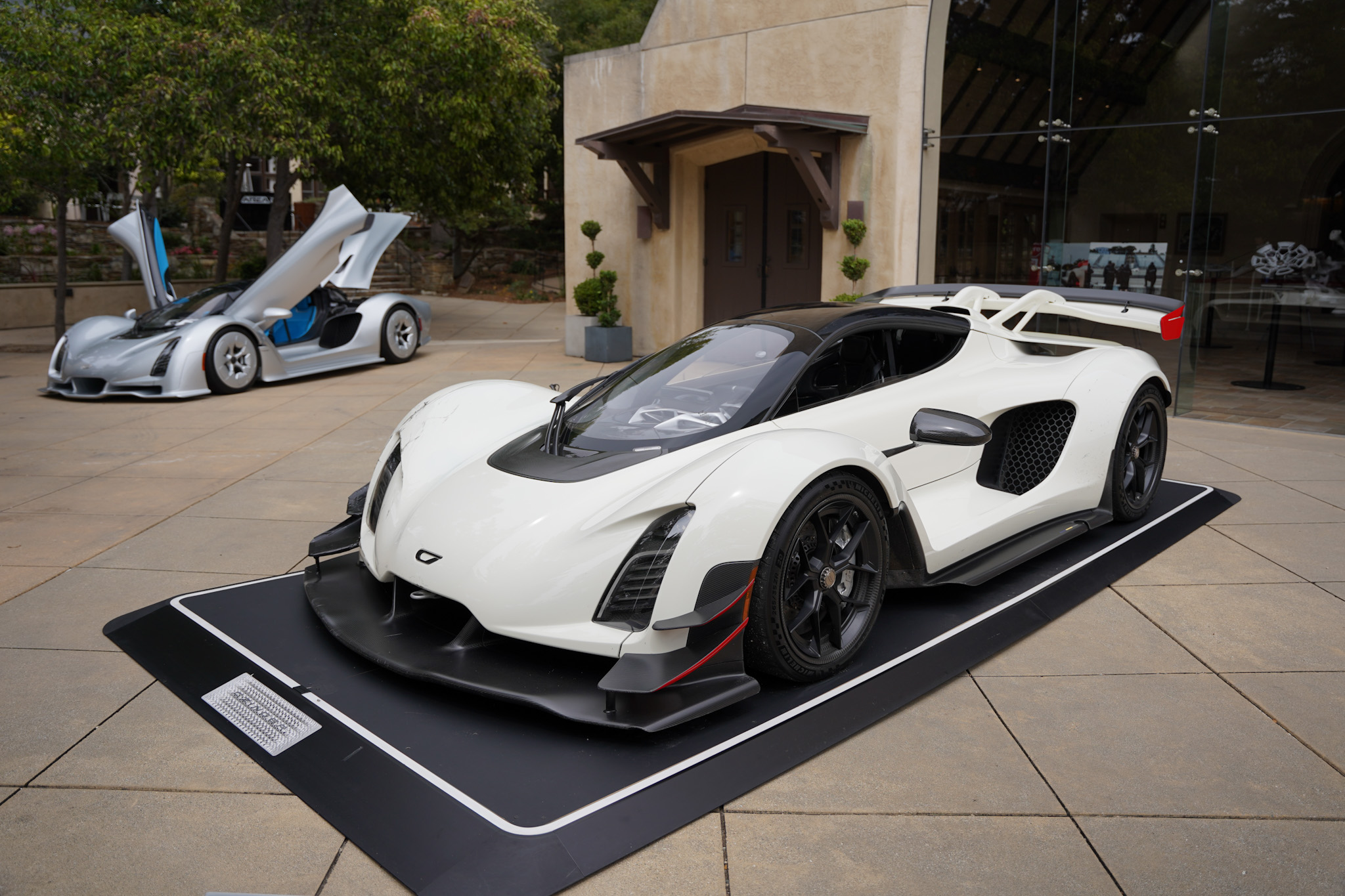 CLP: Czinger Vehicles has always blended engineering with artistry. When you imagine your legacy 20, 30, or 50 years from now, what do you hope people will say about your impact?
CLP: Czinger Vehicles has always blended engineering with artistry. When you imagine your legacy 20, 30, or 50 years from now, what do you hope people will say about your impact?
LC: With Divergent, I want to build the biggest platform manufacturing business in the world. A system that democratizes access to complex manufacturing, solving logistics, cost, performance, and scale at the same time. With Czinger, I see a massive gap in the U.S. market for an innovative sports and hypercar company. Over the last four years, we’ve proven we can fill that role. Ten years from now, I believe we’ll be recognized as America’s performance car brand. That’s the legacy I want.
 CLP: Divergent is already working with major players in defense, aerospace, and automotive. Does your vision extend beyond that, toward everyday consumer manufacturing?
CLP: Divergent is already working with major players in defense, aerospace, and automotive. Does your vision extend beyond that, toward everyday consumer manufacturing?
LC: Absolutely. Divergent’s model is “better, faster, cheaper” without the limitations of traditional tooling. Our LA factory can build car parts, defense systems, aerospace components, even space structures; back to back, on the same line, with no hardware changes. It’s like cloud infrastructure for manufacturing. Software instructions drive robotic cells, 3D printing, and post-processing. Today, we’re focused on contracts worth tens or hundreds of millions annually. But as the system scales, it will empower smaller teams too. Eventually, even a startup wanting five units of a product could access the same technology. That’s the democratization of manufacturing.
CLP: What fuels you personally: adrenaline, innovation, perfectionism?
LC: Impact, and the team. I’ve always pushed myself to race against my own limits. I can’t sit still. I need to achieve results. Vision alone isn’t enough; I need to realize it. I’m in a unique place with two businesses I’m incredibly passionate about: automotive performance and a platform that could change manufacturing globally. That’s fuel enough.
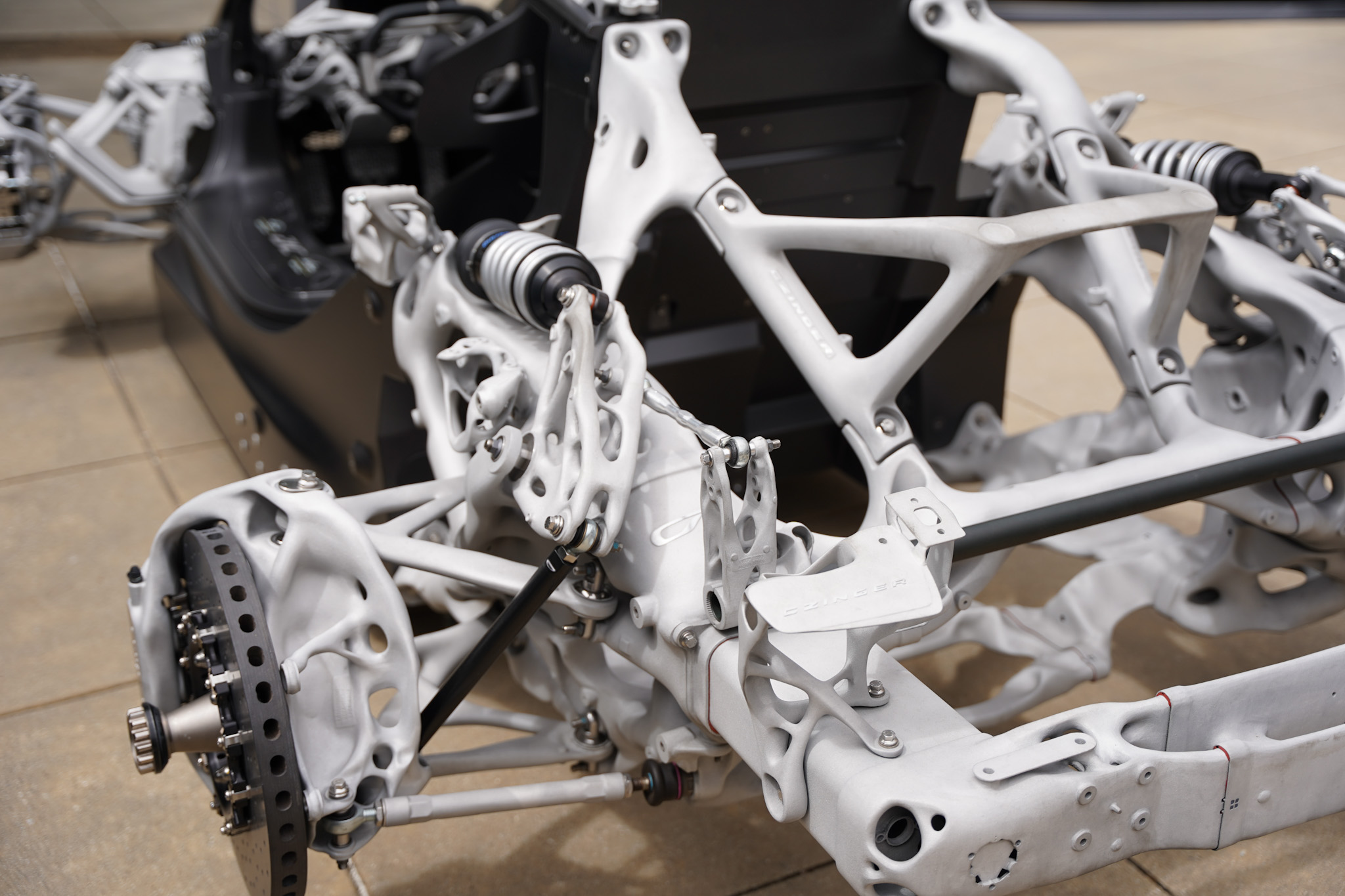 CLP: Walk me through your average day. Do you meditate, exercise, or follow a structured routine?
CLP: Walk me through your average day. Do you meditate, exercise, or follow a structured routine?
LC: I usually wake around 6:30. I’ll work out for half an hour to an hour, then head to the office by 8:30. My day is diverse: engineering meetings, finance, management, marketing, business development, and board meetings. Easily 10 to 14 meetings a day. Then I’ll do my own work in the evening. I’ve meditated for over a decade – it keeps me grounded under pressure. I also find balance through workouts and spending time outside. And I’m fortunate to have a wonderful girlfriend who helps keep me steady.
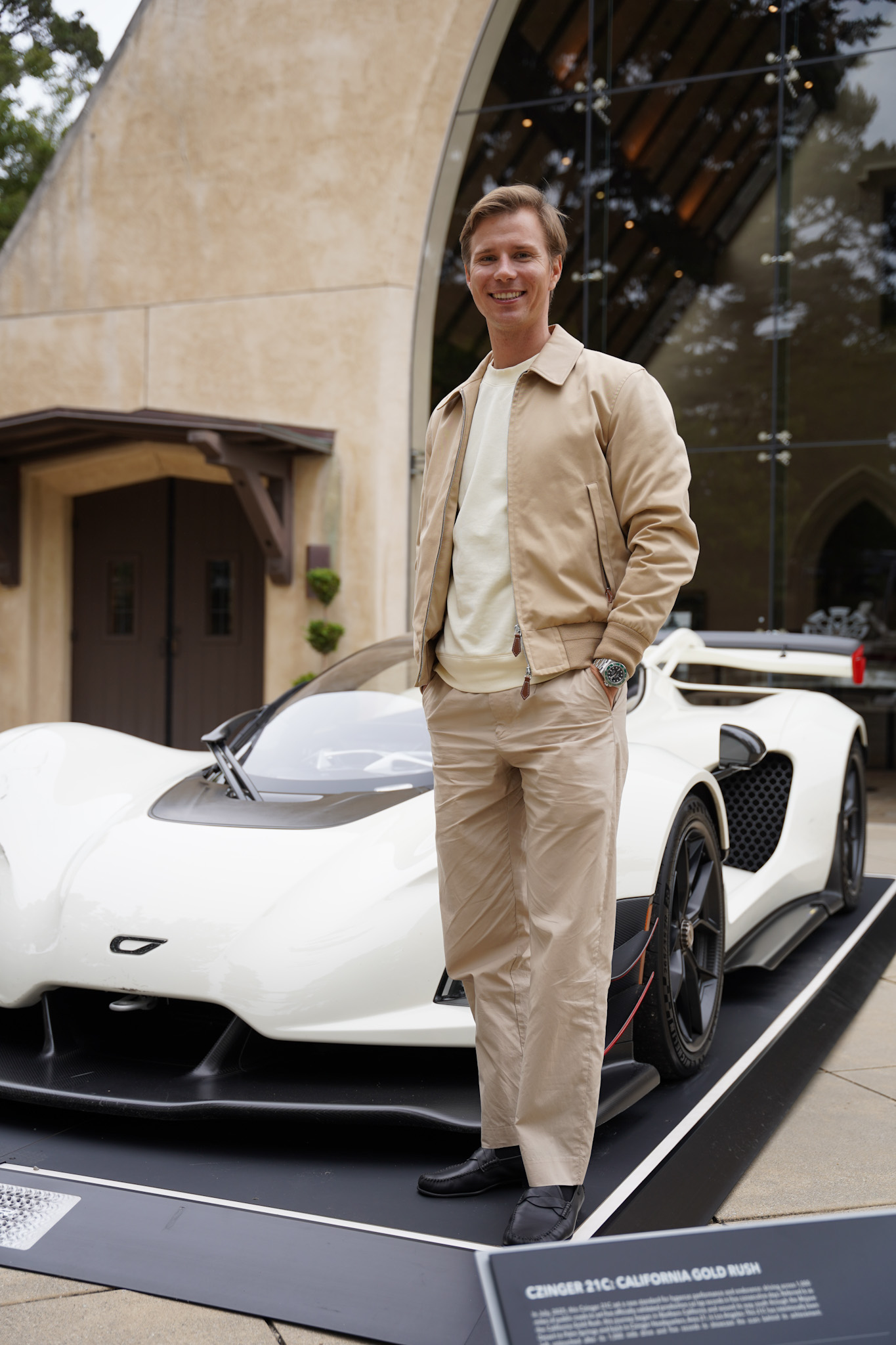 CLP: Final question. If you could share one piece of advice with an entrepreneur or executive who feels their dream is too big, what would it be?
CLP: Final question. If you could share one piece of advice with an entrepreneur or executive who feels their dream is too big, what would it be?
LC: Simplify it. Take your big vision and break it into five chunks. Then pick the first step in the first chunk, and just start. The hardest part is starting. But once you’ve completed that first step, your confidence grows. The challenge becomes smaller. Your outlook becomes more optimistic. And momentum carries you forward.
Czinger Vehicles is more than a hypercar company. It’s a statement of what’s possible when vision meets execution, when AI meets artistry, when belief defies doubt. Through the California Gold Rush film, the Czinger team didn’t just break records; they demonstrated remarkable resilience, inner power, and the unshakable will to keep moving forward, despite the obstacles they faced.
As Lukas Czinger reflected, “Ten years from now, we’ll be that American performance brand.” If Monterey Car Week 2025 is any indication, that future is already racing into view.
[Media access provided by Czinger Vehicles. Image credits: Christina-Lauren Pollack and Brooke Damnavits for Inspirations & Celebrations, Czinger Vehicles. All opinions are my own.]

